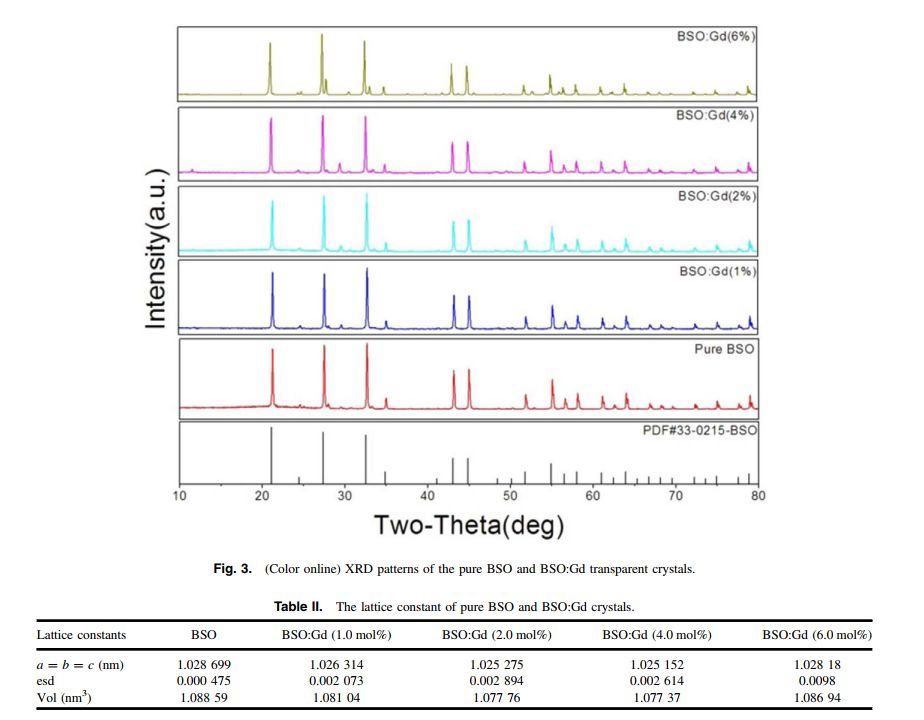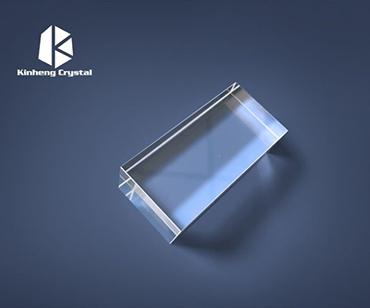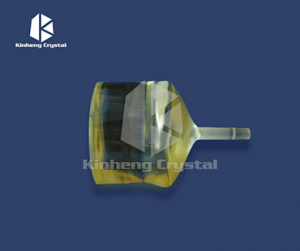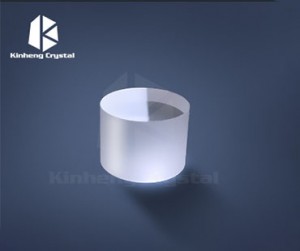Bi4Si3O12 scintillator, BSO crystal, BSO scintillation crystal
Advantage
● Higher photo-fraction
● Higher stopping power
● Non-hygroscopic
● No intrinsic radiation
Application
● High energy/nuclear physics
● Nuclear medicine
● Gamma detection
Properties
| Density(g/cm3) |
6.8 |
| Wavelength (Max. Emission) |
480 |
| Light Yield( photons/keV) |
1.2 |
| Melting Point(℃) |
1030 |
| Hardness (Mho) |
5 |
| Refractive Index |
2.06 |
| Hygroscopic |
No |
| Cleavage Plane |
None |
| Anti-radiation(rad) |
105~106 |
Product Description
Bi4 (SiO4)3 (BSO) is an inorganic scintillator, BSO is known for its high density, which makes it an effective absorber of gamma rays, that absorb energy from ionizing radiation and emit visible light photons in response. That making it a sensitive detector of ionizing radiation. It commonly used in radiation detection applications. BSO scintillators have good radiation hardness and resistance to radiation damage, making them be part of reliable detectors for long-term use. Such as BSO used in radiation portal monitors to detect radioactive materials in cargo and vehicles at border crossings and airports.
The crystal structure of BSO scintillators allows for high light output and fast response times, making them ideal for high-energy physics experiments and medical imaging equipment, such as PET (Positron Emission Tomography) scanners, and BSO could be used in nuclear reactors to detect radiation levels and monitor reactor performance. BSO crystals can be grown using the Czochralski method and molded into various shapes depending on the application. They are often used in conjunction with photomultiplier tubes (PMTs).
Transmission of BSO Spectra













